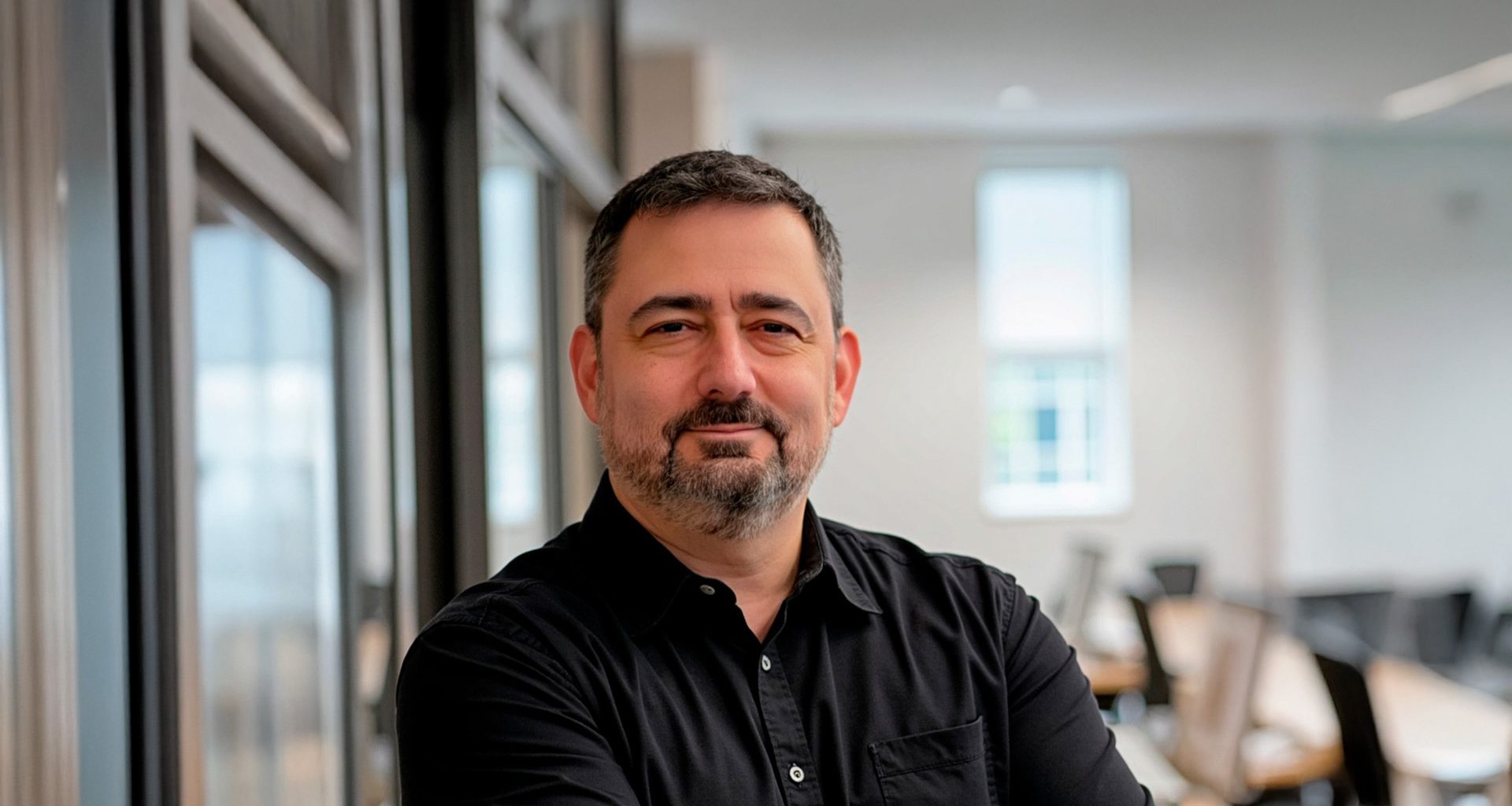Enterprise leaders face mounting pressure to integrate AI into their operations, yet many struggle with where to begin and how to avoid costly missteps. With decades of experience in technology transformation and enterprise architecture, Gary C. Crisci offers a grounded perspective on building AI-ready systems. His approach focuses on practical implementation strategies that deliver measurable business value rather than following technology trends.
Shifting from Finance to Systems Thinking
Gary’s approach to AI-ready architecture is rooted in a career spent bridging business needs with technical solutions. “I started in finance and eventually moved into financial systems. That included decision support systems, big data, business intelligence, and database administration,” he says. That mix of experience gave him a clear lesson early on: technology should support business goals, not lead them.
As his career evolved, Gary found his way into enterprise architecture. He describes it as “the practice of aligning technology with business outcomes and capabilities.” In every transformation program he’s led, the goal has stayed the same—solve real business problems in practical, lasting ways. “Everyone wants to use technology to create impact, but it’s easy to lose focus and get caught up in the tools,” he adds. “For me, it’s always about asking the right question: how do we make technology actually matter to the business?”
Avoiding Hype-Driven AI Adoption
Too often, organizations approach AI implementation from the wrong direction. Instead of starting with a clear business need, they begin with the technology itself. It is a common mistake Gary has seen throughout his career. “When a CEO walks in and says, ‘We’re an AI-first company—what are we going to do with AI?’ that’s a red flag,” he says. “It’s hype-driven. The conversation should begin with, ‘What are we trying to achieve, and how can AI help us get there?’”
In Gary’s view, the biggest barrier to successful AI adoption is not the technology. It is the data architecture behind it. Many companies have a large volume of data, but lack the structure, ownership, and governance needed to make it truly usable. “If you walk into most organizations and ask, ‘How do you use your data? Who owns it? What’s the source of truth?’ the answers are usually unclear or inconsistent,” he explains. “That creates a garbage in, garbage out problem.” Without a strong data foundation, even the most advanced AI solutions are unlikely to deliver meaningful results. For Gary, success depends on aligning data strategy with clear business goals, not chasing the latest technological trends.
Starting Small and Building Smart
Instead of launching massive, open-ended AI initiatives, Gary encourages organizations to start with targeted projects that offer quick, measurable wins. “You should be able to tie any AI effort to something fundamental,” he says. “Is it going to increase revenue? Will it reduce costs? Can it make us safer or reduce risk?” For Gary, the most effective starting point is often the routine, repetitive work that bogs down teams. These are the areas where AI can create immediate productivity gains without heavy investment or risk. “Every day, someone opens their email, opens a PDF, copies data into a form, saves it, and then moves on to the next email,” he explains. “That’s exactly the kind of task we should be targeting.”
By focusing on these low-effort, high-return opportunities, companies can begin to build internal momentum. These smaller, bite-sized implementations help teams learn what AI can do while generating clear business value. Just as important, Gary emphasizes the need for accountability. “You should largely fund your AI with your AI savings,” he says. “If you’re not saving money with AI, then why are we giving you more money to go do more stuff?”
The Future of Enterprise Architecture
Gary believes AI can help solve some of the long-standing challenges within enterprise architecture, especially the tedious, often overlooked task of documenting business processes. “One of the big problems in enterprise and business architecture is understanding the actual processes people follow every day,” he says. “That work is rarely done well, and it’s usually skipped because it’s so time-consuming.” AI can make a meaningful difference here. It can interview users, organize information, and generate documentation faster and more consistently than manual methods. But Gary is clear-eyed about its limitations. “When I use large language models and dig deep into areas I know well, I start to see how confidently they can give you something that’s completely wrong,” he explains. “There are subtle drifts that happen, and unless you’re paying close attention, it’s easy to miss.”
For Gary, the future of AI is not about replacing human expertise. It is about augmenting it. “AI becomes a personal assistant for everyone. It should help accelerate those time-consuming tasks that never really added much value in the first place.” In his advisory work, Gary helps mid-sized companies avoid costly missteps that come from chasing trends instead of solving problems. His message is straightforward and consistent: start with a clear objective, then choose the tools that help you reach it.
Follow Gary C. Crisci on LinkedIn for grounded insights on AI transformation and enterprise architecture strategy.









